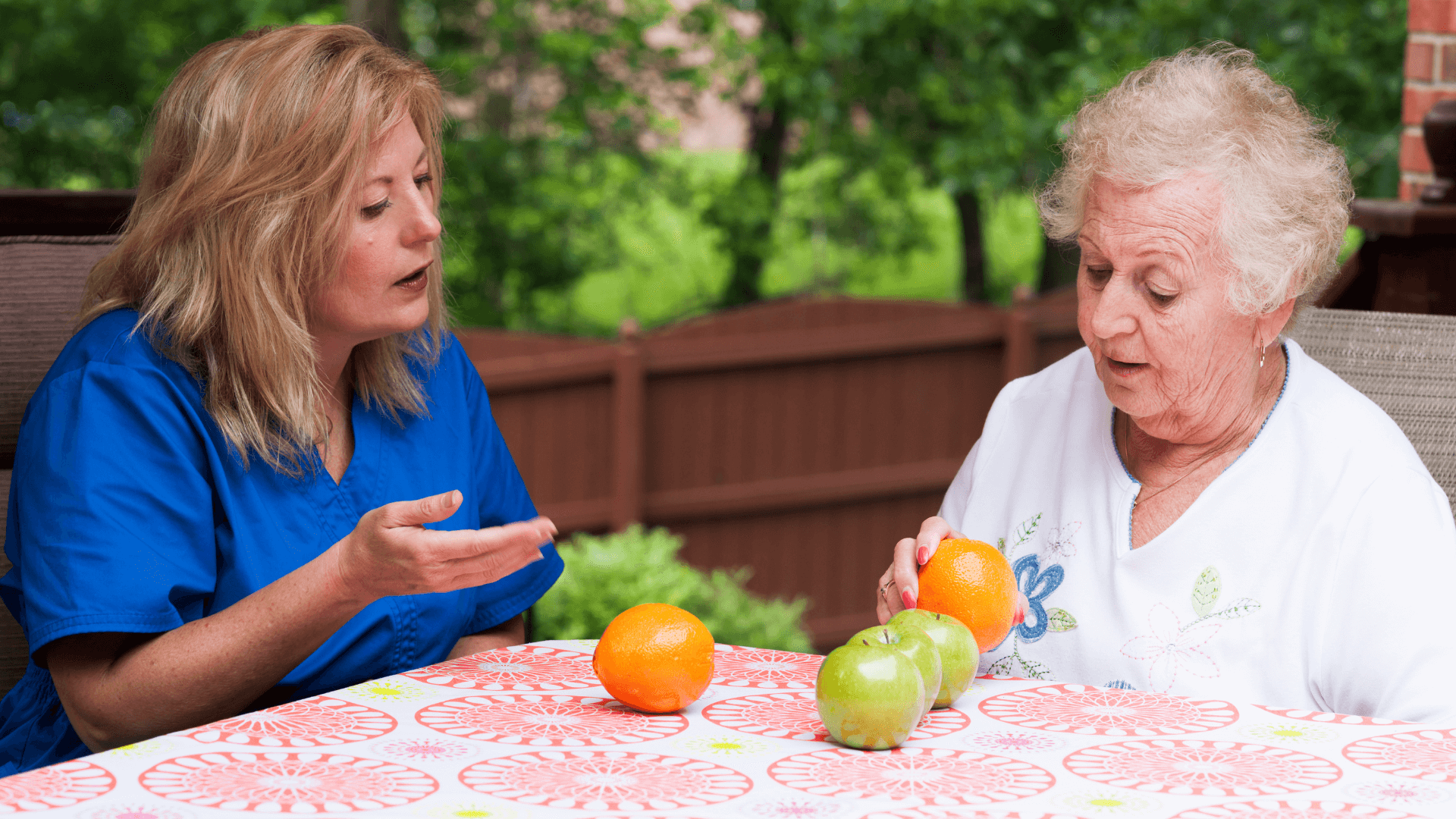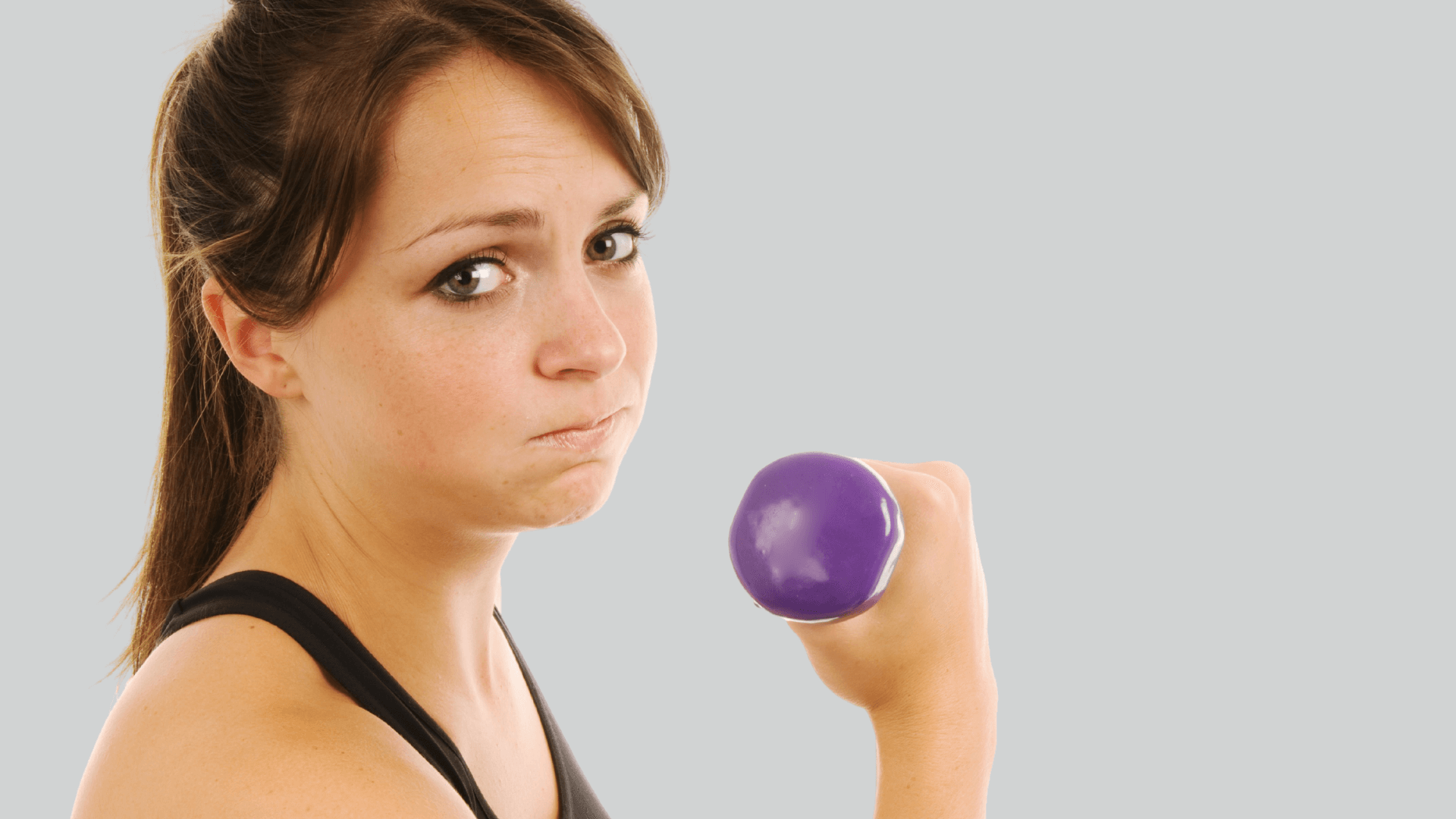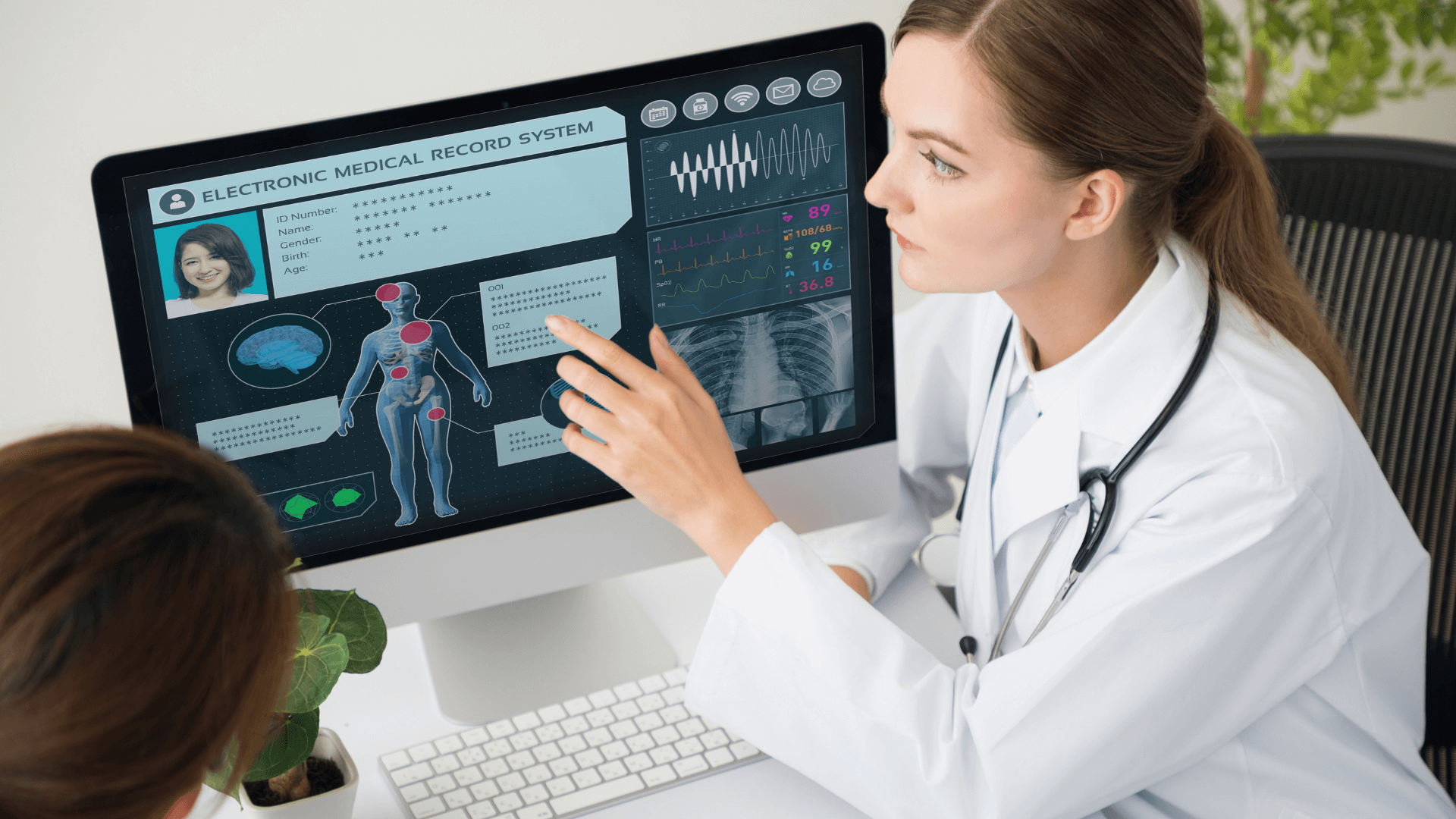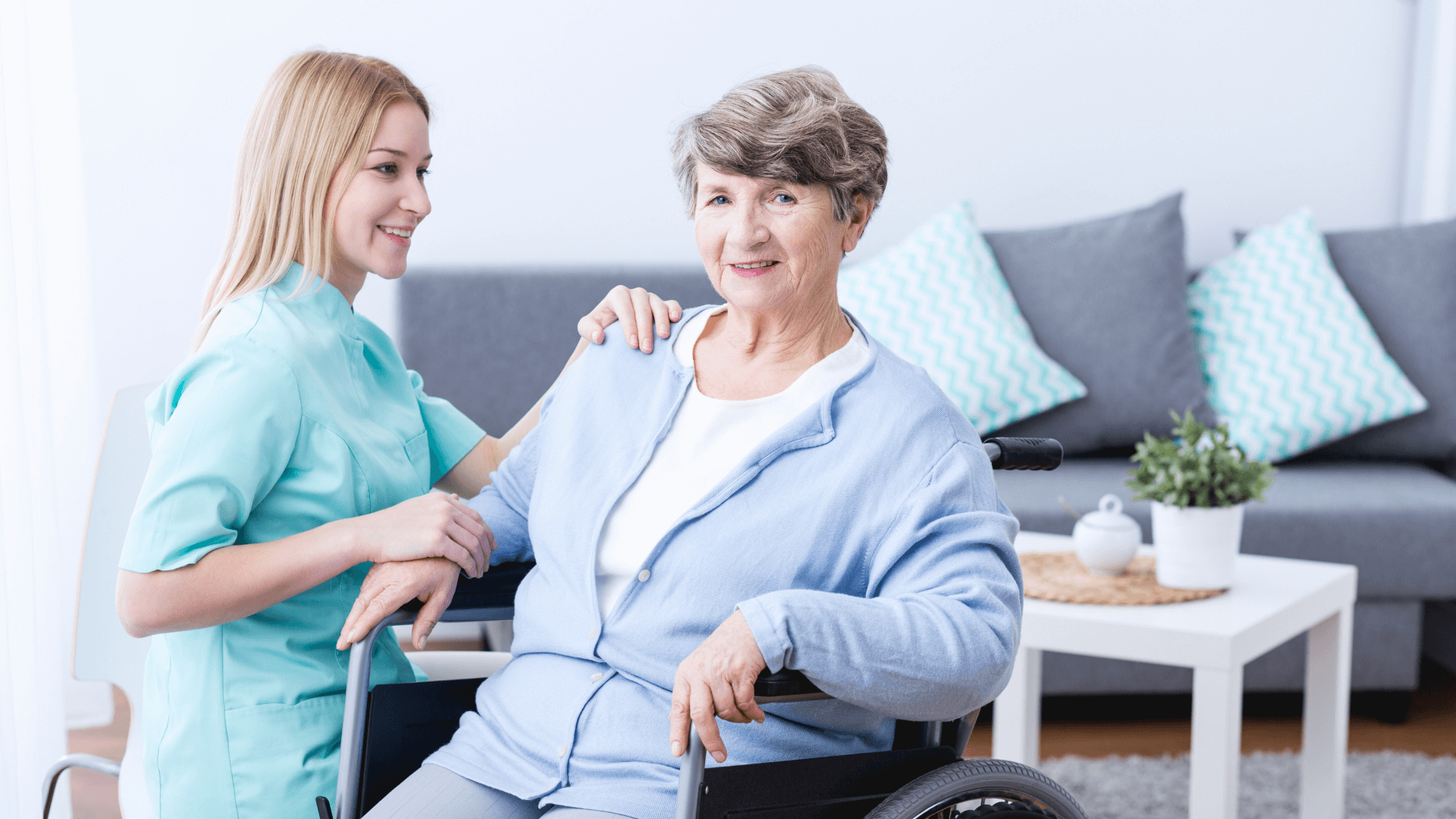Even as medicine improves year on year, we can still expect to see the number of stroke patients in Europe increase by 3% by 2047. Recent studies suggest that the cost of strokes across 32 European nations they looked at stands at €60 billion, with nearly half, or €27 billion, taken up by healthcare costs.
Knowing this, it’s clear that there needs to be a rapid development of rehabilitation techniques for those who experience strokes, making the recovery process easier and more cost-effective.
Here, we’ll be looking at techniques used in early post-stroke rehabilitation to help patients relearn the skills they need, plus how long-term rehabilitation can help reduce future strokes.
This article will also cover physical therapy for stroke patients whilst staying in hospital, and at future appointments as well as in their own homes. We’ll also go into the ways technology is enhancing stroke recovery programs.
Early post-stroke rehabilitation to relearn daily skills
Getting to the stage of rehabilitation as soon as possible after a stroke is vital to be able to relearn basic, everyday skills. Rehabilitation with a physiotherapist should begin 24 hours after the stroke occurred and happen in short, regular bursts. These early sessions will cover the basics of getting out of bedding, getting up on your feet, and taking a few steps.
Early-stage stroke rehab exercises will usually include:
- getting the patient from a sitting to a standing position;
- working on balancing reactions;
- exercises to enhance muscle strength and endurance, and more.
In a recent review of recovery during neurorehabilitation, we can see that most skills are recovered during the initial one to three months post-stroke. This recovery is credited to both spontaneous recovery plus more responsiveness due to positive environments and extra training.
Reducing more strokes with long-term rehabilitation
Even when a stroke survivor gets back to relative normality in quick time, they can still expect to need post-stroke physical therapy in the long-term. This treatment can go on for months or even years after the stroke occurred.
On that note, let’s look at the range of long-term rehabilitation options that can help reduce the risk of repeated strokes.
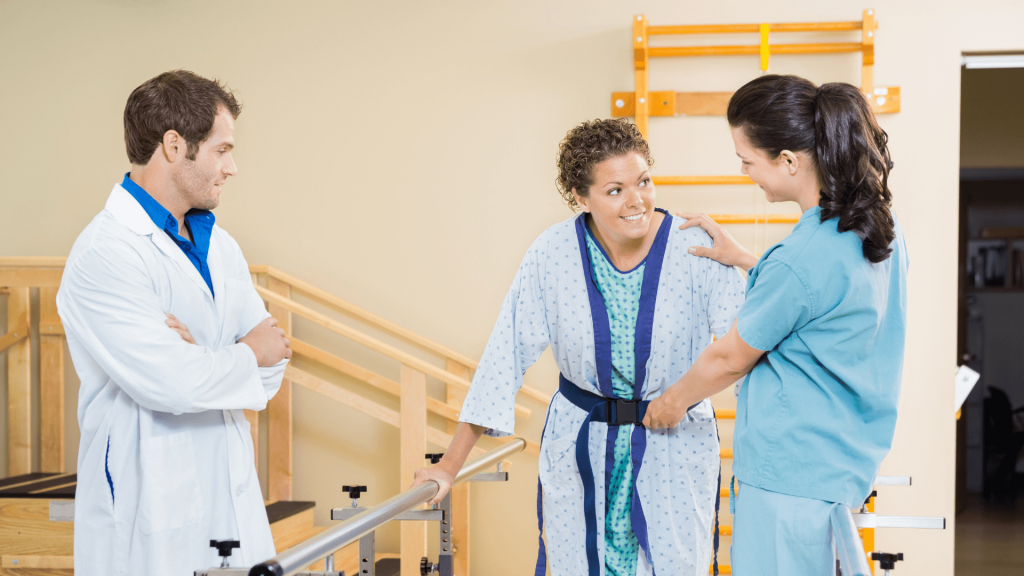
Physical therapy as an in-patient, out-patient, and whilst at home
Inpatient physiotherapy
Having treatment at inpatient facilities gives access to a broad range of medical services. This can include:
- supervision from a physician on a daily basis;
- a full suite of therapists specializing in post-stroke rehabilitation, plus special equipment.
Most patients will stay at an inpatient physiotherapy facility for around two to three weeks. The time there will be spent on an intensive rehabilitation program which should comprise three hours of active therapy, five or six days a week.
Outpatient physiotherapy
You’ll normally find outpatient physiotherapy units are part of large hospitals. These hospitals will offer patients access to physicians along with the full range of therapists that are needed to focus on stroke rehabilitation.
Each appointment can take several hours and is usually scheduled for a few days each week. The patient attends the therapy sessions before going to their home at night.
In terms of benefits to patients, inpatient and outpatient physiotherapy can be highly beneficial, with the role of rehabilitation assistants playing an important role.
Diving deeper into the role of rehabilitation assistants, a study completed in England recently looking at stroke patients, discovered that rehab assistants and nurses are very important in the promotion of patient activities and working on self-care or activities of daily living (ADL) tasks.
At home stroke rehabilitation
Physical therapy at home programs mean that stroke victims get the flexibility of having their rehabilitation therapies delivered at home, with a tailored program from rehabilitation specialists targeted to their own living space.
At-home exercises might cause patients to be less motivated, yet research that looked at using technology in the process showed positive results in terms of motor performance and patients being engaged with the use of entertainment and objective feedback.
How technologies are changing stroke recovery programs
The quest for evidence on the technology being used in stroke rehabilitation is growing fast, currently outpacing all other fields of therapeutic research. We’ve pulled together a list of the most promising rehab software currently on the market.
Stroke rehabilitation and wearable technology
Smartwatches and other wearable tech are a valuable tool. They give doctors and therapists the opportunity to objectively monitor their patients in both clinical and real-world settings. This results in an evaluation of impairments in more detail, thus allowing for a more bespoke rehabilitation plan.
Examples of wearable technology that harnesses physical therapy software include:
- inertial measurement units (IMUs);
- potentiometers and encoders;
- surface electromyography (sEMG), and more.
A 2018 study tested the approach of a wearable sensor during upper-limb motor training. The results were positive, with 91.7% of occupational therapists keen to use wearable devices in their practice, and 88.3% of survivors of stroke being happy to use it if their therapist included it in their treatment.
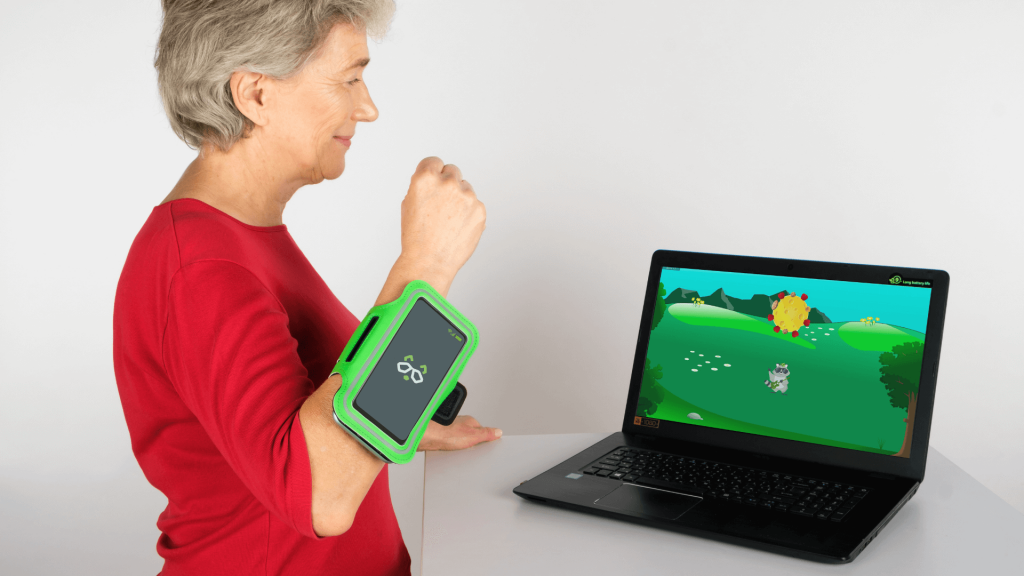
Using video games in stroke recovery
Another example of the power of a tech device, rehab with video games can be fun as well as encourage the formation of habits. Physical therapy apps and computer games can harness virtual reality and other mediums and importantly, they comply with the fundamental principles of rehabilitation:
- high intensity;
- focussed on tasks;
- offers biofeedback;
- rich environments with a range of stimuli and motivations.
Noted a research paper that came out in 2019.
An example of a video game platform for stroke survivors is Raccoon.Recovery. It’s CE certified and complies with GDPR and uses hardware that uses video games for stroke rehabilitation, helping to motivate patients and help them retain what they’ve learned.
Thanks to automation, digitized examination, and remote monitoring of Raccoon.Recovery, physiotherapists save time that results in up to 150% revenue increase.
Telerehabilitation
Telerehabilitation is a program of home-based telehealth consultations that targets improving motor function recovery, along with patient education, post-stroke.
A form of stroke telerehabilitation called STeleR was proved to be a useful supplemental tool for rehabilitation in stroke survivors, particularly when there are limited resources for in-home rehabilitation.
Moreover, telerehabilitation is known as an excellent tool to motivate a patient without making contact or even being in the room. Being able to gamify rehabilitation exercises also makes the process fun and more engaging and challenging for the patient.
Racoon.Recovery.Light is a modification to the platform that facilitates remote physiotherapy. It’s a solution that helps therapists treat patients that are quarantined or in self-isolation and reduced cancellation rates during the lockdown and stay-at-home orders.
Rehabilitation programs can be conducted using fully remote tools online.
The options available include:
- automated exams;
- a simple and quick way to make a home exercise plan incorporating the principles of gamification;
- remotely monitoring the patient’s training regime and progress;
- a bespoke messenger and video call platform for personalized communication.
Summing Up
When a person suffers a stroke, key connections between brain wiring and muscles are broken. This is why having a stroke is the leading cause of long-term disabilities, with at least some loss of mobility and movement being almost inevitable.
These losses don’t have to be permanent. Physiotherapy is a crucial treatment in the earliest stages of recovery, particularly when a patient has little or even no muscular control.
Stroke rehabilitation physical therapy is made up of a range of exercises and mobility training which are designed to build muscle strength and improve coordination. The process uses specific therapies to make the parts of the body affected stronger.
You’ll find rehabilitation services offered through a range of settings: rehabilitation hospitals and acute care units, in the patient’s home, or at hospital-based outpatient clinics.
No matter when a stroke patient receives their rehabilitative care, the use of technology can offer great benefits to the process. It can also motivate patients to continue their treatments at home, which can give better outcomes.


